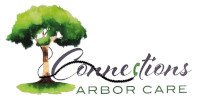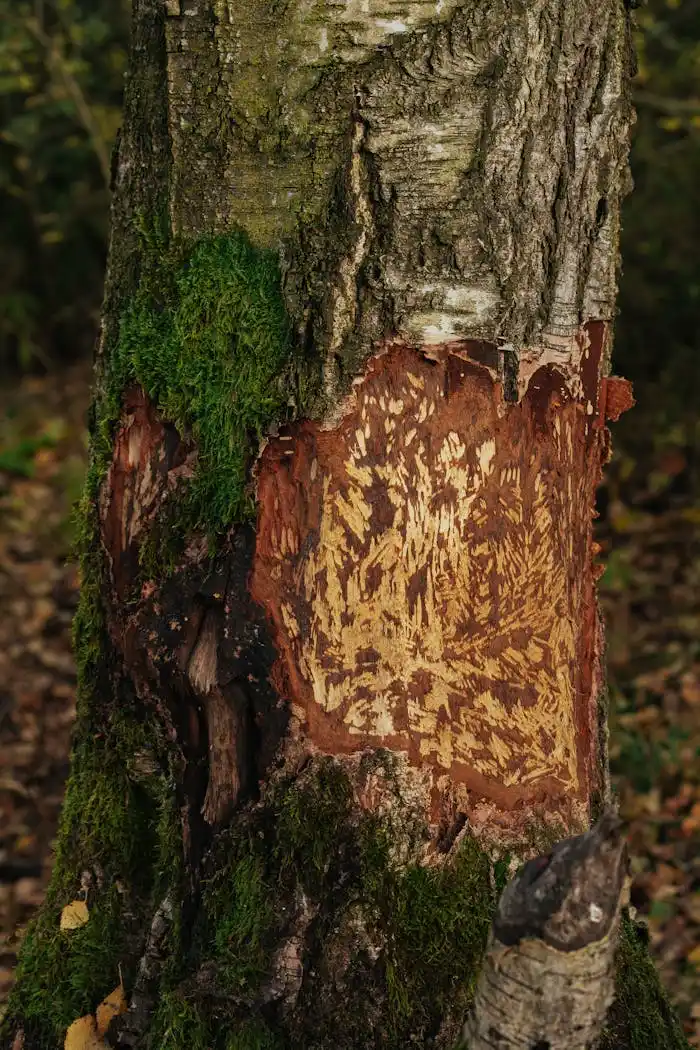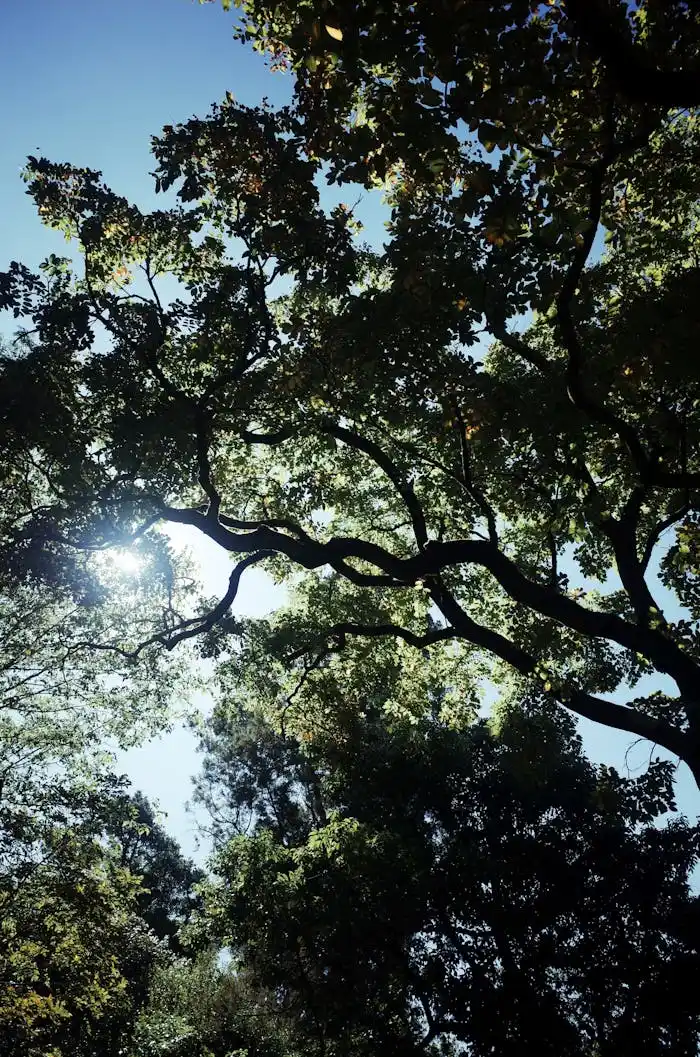Trees are a beautiful and vital part of our environment, but sometimes they can pose a safety hazard if not given proper attention. Identifying signs of dangerous trees is crucial to protect people and property. Here are some signs to look out for and actions to take:
1. Unusual Leaning: If you notice a tree leaning unusually, especially if the lean is sudden or pronounced, it could be a sign of root problems or structural weakness. In these cases, it’s important to act promptly to assess the situation and take preventive measures.
2. Dead or Damaged Branches: Dead or damaged branches can fall at any time, posing a danger to people and property beneath the tree. If you notice branches that appear diseased, broken, or dead, it’s advisable to hire professional pruning services to safely remove them.
3. Cracks in the Trunk: Deep or large cracks in the tree trunk can indicate underlying structural issues. These cracks can weaken the tree’s integrity and increase the risk of falling. If you notice concerning cracks, it’s advisable to consult a certified arborist to assess the situation and determine if the tree needs treatment or removal.
4. Raised Roots: Raised roots can be a sign of problems with the tree’s root system, such as soil compaction or root rot. These roots can pose a tripping hazard for people passing near the tree. In such cases, it’s important to address the underlying issue and consider measures such as root pruning or tree removal if necessary.
5. Presence of Fungi or Tree Decay Fungus: The presence of fungi on the tree trunk or roots can indicate underlying health issues, such as trunk or root rot. Trees affected by fungi can become weak and prone to falling. If you spot fungi on your tree, it’s advisable to seek the help of a professional to assess the situation and take appropriate action.
It’s crucial not to ignore these signs of dangerous trees as they can pose a significant safety risk. If you have concerns about the safety of a tree on your property, don’t hesitate to contact a certified arborist for a professional assessment and take necessary measures to mitigate any potential risks.




